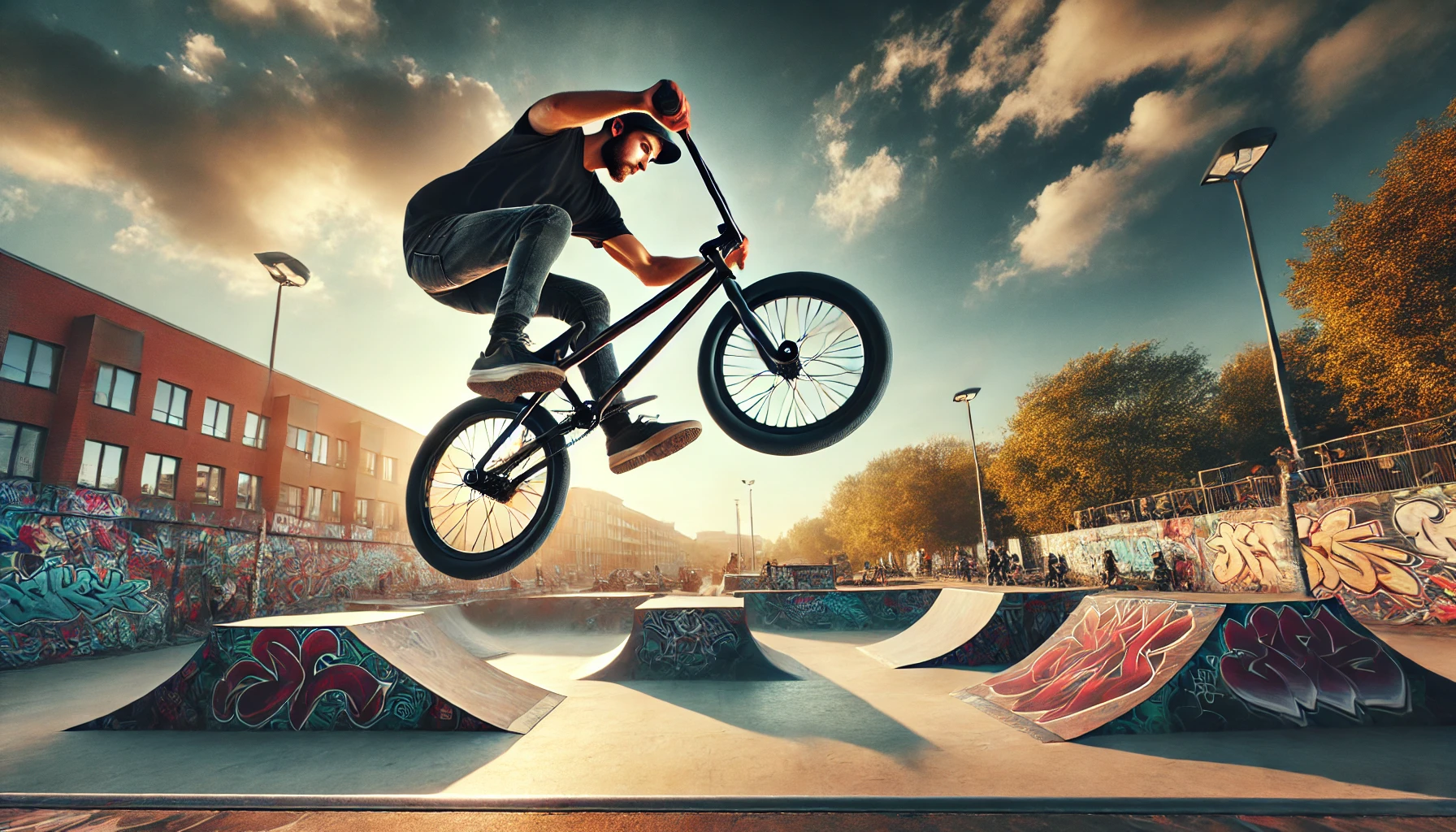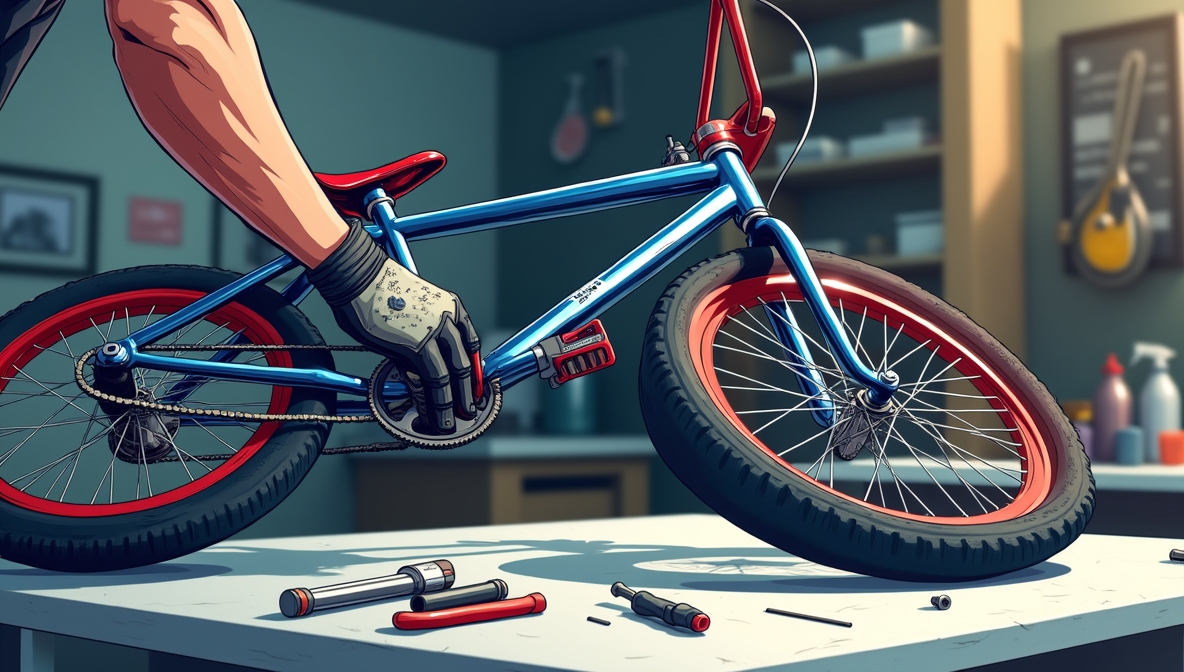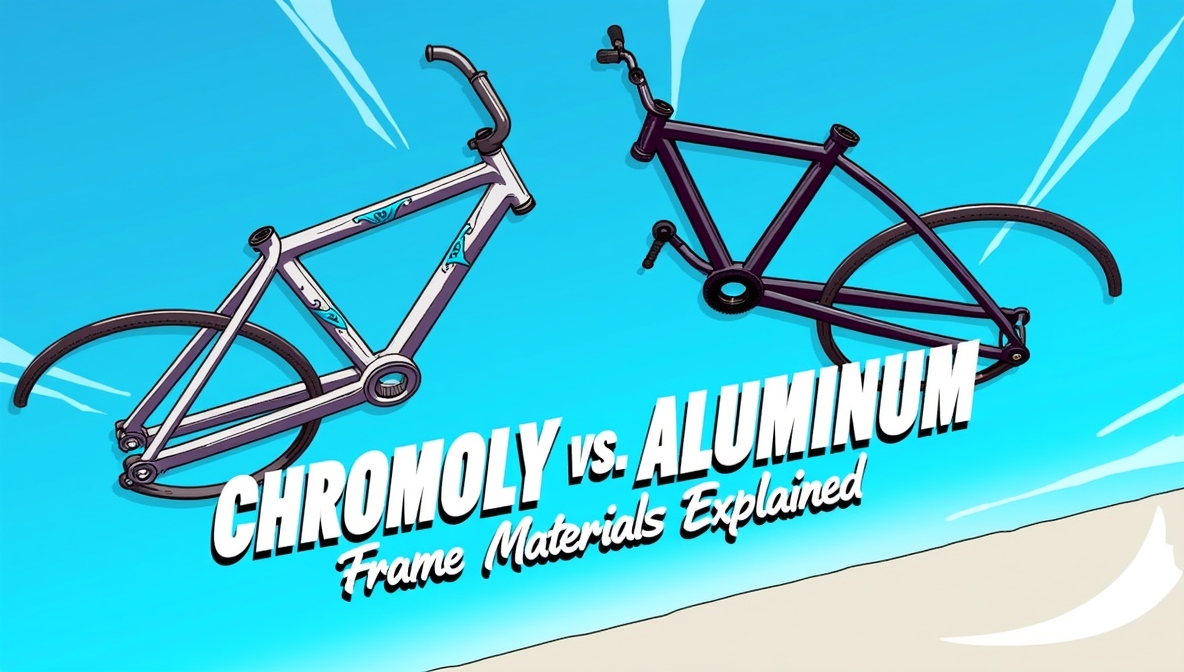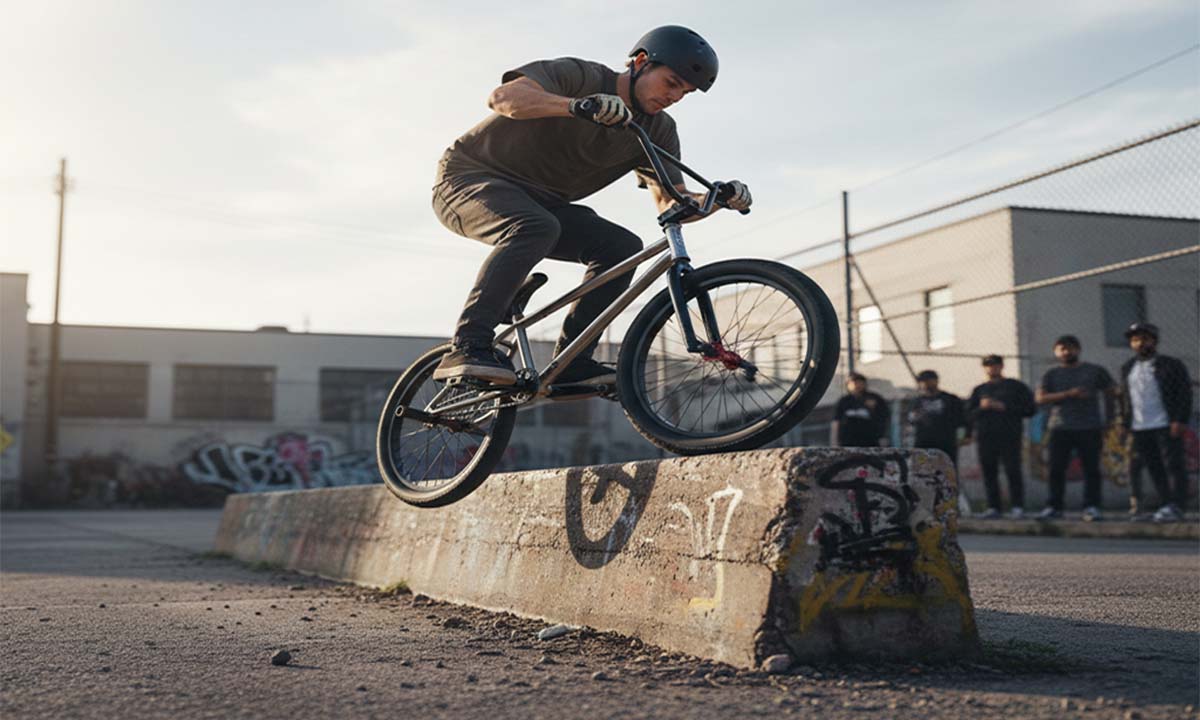Crank Lengths and Why They Matter in BMX Performance

BMX riders obsess over every part of their setup—frame geometry, bar width, tire pressure—but crank length often gets ignored. It’s just two metal arms, right? Slap on any pair, and you’re good to go? Not exactly. The length of your cranks can change how you pump transitions, throw tailwhips, and even control your landings. It’s a detail that separates a bike that feels just okay from one that feels like an extension of your body.
How Crank Length Affects Your Riding
Crank length tweaks more than just your leg positioning. It influences leverage, balance, and the way your bike reacts to different tricks. Whether you’re a street rider, park rider, or love roasting trails, getting this dialed can change how you ride.
Pedal Speed and Power Output
Shorter cranks let you spin faster. Longer cranks give you more leverage. It sounds simple, but the impact is huge.
- Shorter cranks help with quick bursts of speed. Less movement is needed for each pedal stroke, so getting up to speed out of a fakie or sprinting toward a rail takes less effort.
- Longer cranks give more torque. That’s why trail riders and racers lean toward them—they make pumping through jumps and pushing out of berms more efficient.
Balance and Bike Control
Ever feel like you have to adjust too much when hopping into manuals? Your crank length could be part of the problem.
- Shorter cranks keep your legs closer together, making it easier to keep your weight centered.
- Longer cranks stretch you out, which can help with balance in some cases, but they also force wider stance adjustments, which might throw off tech tricks.
Foot Position and Trick Execution
Your feet don’t just sit on the pedals—they guide every move. Crank length affects how your body interacts with the bike, especially when it comes to technical tricks.
- Short cranks make tailwhips and barspins feel quicker since there’s less distance for your feet to travel.
- Longer cranks help with tables, turndowns, and extensions because they provide more leverage to push against.
The Hidden Side of Crank Length Choice
It’s easy to just copy what your favorite rider uses, but crank length isn’t just about style. It affects your body too.
Knee Strain and Comfort
Riders with knee issues often find shorter cranks easier on their joints. Less movement means less stress, especially when pedaling hard. On the flip side, longer cranks can force your knees into a deeper bend, which might not be comfortable for everyone.
Bottom Bracket Height and Pedal Strikes
Crank length changes how close your pedals come to the ground. Go too long, and you’ll clip them on ramps and ledges more often. That’s why street and park riders tend to go shorter—it keeps their pedals higher and reduces the chance of an unexpected hang-up.
What the Pros Are Running
Pro riders don’t all run the same crank length. It depends on what they ride and how they like their bike to feel.
Street and Park Riders
Most street riders stick to cranks between 160mm and 165mm. The shorter length makes tech tricks smoother and reduces the chance of hitting cranks on rails and ledges. Park riders tend to follow a similar trend since shorter cranks make spinning tricks snappier.
Trail and Race Riders
Dirt riders and racers often go longer, around 175mm. More leverage helps with pumping transitions and maintaining speed through rhythm sections. For those hitting big jumps, longer cranks can also provide more control in the air.
The Unspoken Details No One Talks About
Crank length decisions don’t stop at performance. They even affect how your bike fits into your riding style beyond just tricks.
Bike Weight and Crank Arm Strength
Shorter cranks are slightly lighter. It’s not a massive difference, but when you’re shaving grams off every part of your setup, it’s something to think about. On the other hand, longer cranks might be a bit stronger due to having more material, though this varies by brand.
Chainstay Length and Frame Geometry
A shorter crank paired with a short chainstay creates a snappy, responsive ride—perfect for street and park. But if your chainstay is longer, pairing it with longer cranks can balance things out, making manuals and high-speed control easier.
Choosing the Right Length for You
There’s no magic number that works for everyone. What feels right for one rider might not work for another. But there are a few ways to test what suits your style.
Experiment With What You Have
- If you’re already running 175mm cranks and find tech tricks awkward, try dropping to 165mm.
- If your manuals feel unstable and you’re on 160mm cranks, testing 170mm might help.
Think About How You Ride
- Do you focus on technical street riding? Shorter cranks are probably your best bet.
- Are you hitting big jumps and flowing trails? Longer cranks might work better.
Small Adjustments Make a Big Difference
Switching crank lengths can feel weird at first. But give it time—small changes in setup often take a few sessions to get used to. And if you’re making a big change, like jumping from 175mm to 160mm, expect an adjustment period before deciding if it’s for you.
Final Thoughts
Crank length might not be the first thing that comes to mind when setting up a BMX bike, but it has a bigger impact than most people realize. From making tricks feel smoother to reducing pedal strikes, it’s one of those details that can take your riding from good to great.
It’s easy to get caught up in trends, but the best setup is the one that works for you. If something feels off in your riding, crank length might be the missing puzzle piece. And let’s be real—BMX is all about making your bike feel like an extension of yourself. Once you get it dialed, you’ll know. It just clicks.


